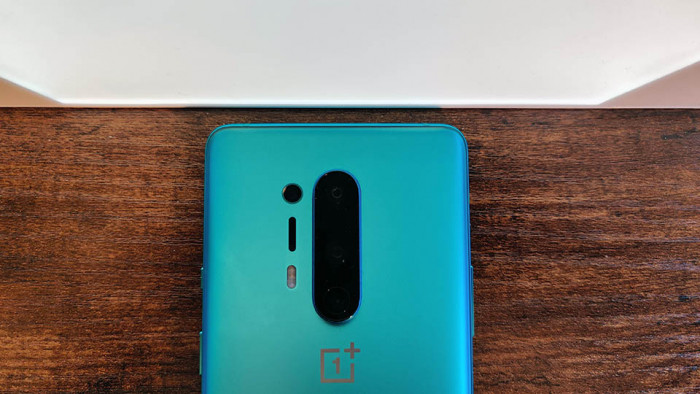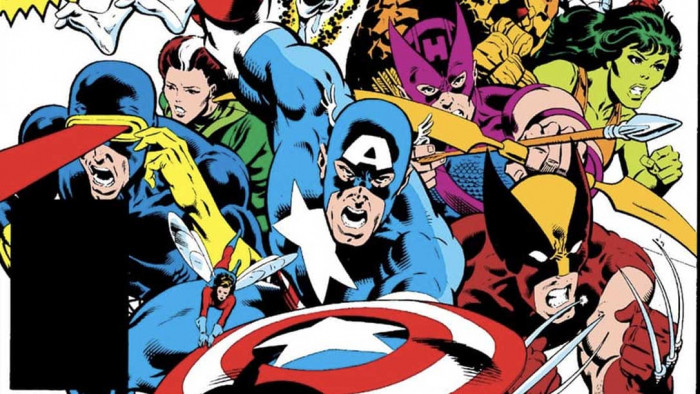Why it's impossible to truly love Novak Djokovic
What makes the Serb so difficult to be inspired by?


There is something about watching Novak Djokovic play tennis that is deeply, impressively uninspiring.
The Serb is undoubtedly one of the best male players in the world, if not the best, and is among the favourites to win this year’s Wimbledon men’s singles crown. Last week’s victory in the Eastbourne International Final was his ninth title since the beginning of 2016, a spell which has included two Grand Slam titles, and he’s already been given a straightforward path to the second round of Wimbledon after opponent Martin Kližan pulled out with an injury in the second set. He’s beating players without even having to finish matches. He’s that good.
So why is it so difficult to be inspired by someone whose ability is impossible to ignore?

In Roger Federer as Religious Experience, David Foster Wallace writes of ‘Federer moments’ which marry an almost indescribable beauty with an efficiency that – while necessary to produce consistent success – feels secondary to the aesthetic element of the Swiss player’s game.
‘Beauty is not the goal of competitive sports, but high-level sports are a prime venue for the expression of human beauty,’ Wallace notes, adding:
‘The human beauty we’re talking about here is beauty of a particular type; it might be called kinetic beauty. Its power and appeal are universal. It has nothing to do with sex or cultural norms. What it seems to have to do with, really, is human beings’ reconciliation with the fact of having a body.’
If the beauty of Federer’s game can be exaggerated, such a reading comes in part from the ability of those (now increasingly fleeting) moments to feel as though they last forever.
And therein lies some of the problem with Djokovic: rather than elongating the aesthetic appeal, ‘Djokovic moments’ make it shorter and harder to lose oneself in.

The 30-year-old’s strengths lie in his ability to do what every top junior does, and what many on the ATP circuit are capable of, just better.
A lot of his strengths come in his consistency and his counterpunching, elements which will make a player revered by his peers, feared in any draw, but merely ‘up there’ in wider discussions of greatness.
It is tough to marvel in the efforts of a player like Djokovic, however objectively impressive his achievements might be, as long as the extensions and exertions that bring him success appear more mechanical than human.
Some of the most enjoyable Wimbledon moments of the last two decades have involved players like Sébastien Grosjean and Fabrice Santoro, neither of whom ever threatened to dominate the top of the game. While their ambitious play and quest for beauty in tennis may have ultimately made them flawed, those same qualities made them eminently watchable in a way Djokovic might never be. While there are occasions where all we want to do is see the best of the best in full flow, some of the joy in tennis – as in other sports – comes from seeing things we’ve never seen before.
Djokovic’s talents make watching him more like a top Formula 1 driver than an infinitely graceful tennis player. He regularly levels of concentration and to-the-margins play that make it impossible to argue against his status among the elite, but without that extra spark. A victory means he’s done his job really, really well, and when so many victories are seen in that same light it becomes harder for a fan to really gee themselves up. He’s a Ferrari with a racquet.
Even the theoretically exciting points he wins have an air of the formulaic about them, with dives only forming part of a percentage game and sprints and positioning remaining so efficient that there is rarely even a need for what might be termed impossible shots.

Watching him get found out is almost akin to watching a poker or chess player figure out how to beat a supercomputer: we are well aware of his strengths, and how to test them, but his manner of consistently adapting means the most common way to see him off consists of pummelling the weak spot before he can apply superglue to the cracks. With the exception of Federer and Nadal, both of whom were at their respective peaks when Djokovic was still establishing himself (since the start of 2013 he is 11-6 against Federer and 12-5 against Nadal), no one has run him especially close in head-to-head play.
There is an argument that his ubiquity at the top of the game filters into the fear – expressed by Wallace back in 2006 – that a uniformity of baseline players would make a generation with even a handful ‘new’ Federers impossible.
“For almost two decades, the party line’s been that certain advances in racket technology, conditioning, and weight training have transformed pro tennis from a game of quickness and finesse into one of athleticism and brute power,” Wallace writes. “How, then, someone of Federer’s consummate finesse has come to dominate the men’s tour is a source of wide and dogmatic confusion.”
The beauty and appeal of Federer’s game thrives in his ability to defy the wider narrative. Perhaps the problem with Djokovic is that – in an era of logic and uniformity – his success makes too much sense.
(Images: Rex Features)
Latest
Related Reviews and Shortlists









